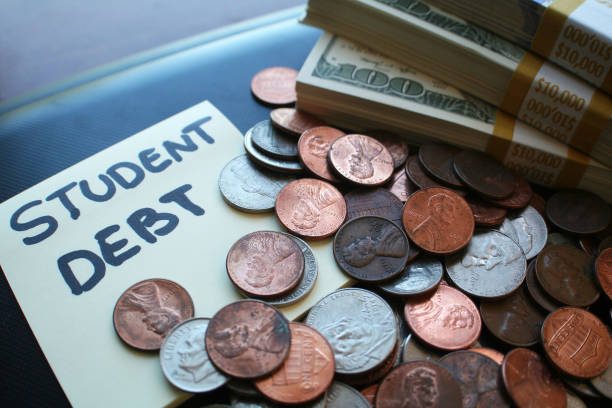Information released in a 2019 publication by the National Centre for Education Statistics has it that the cost of higher education in the USA is on a steady unwholesome increase. While students continue to struggle to pay for tuition, institutions are generating more and more revenues each year. According to Statista, in the academic year 2017/2018, students who took out student loans had an average of $27,200 worth of debt upon graduation. This is a total millennial rip off, and unfair to future generations. The Marketplace reports that about 70% of American students take out loans to go to college. Today, about 45 million Americans owe $1.6 trillion in student loans – a figure that is still counting. Meanwhile, the labor market remains unable to gainfully absorb these graduates, meaning that many will be forced to take up lesser jobs to pay off their debts after graduation. If education is a must-have, why does it have to be so expensive?

An Alarming Student Debt Crisis and Inequalities in the System
This has grown into a national problem. Senators are already proposing policies to tackle the student debt crisis. After all, a vibrant US economy requires educated citizens to fill up job positions across different industrial sectors. It, therefore, seems counter-productive to continue churning out graduates and burdening them with crushing student debts, yet they still have to make inroads to the US labor market. The crisis is a pathetic reflection of how the education system has failed the American student. The situation notwithstanding, universities and colleges yet continue to increase tuition fees. Today, the reward for getting a degree, and aspiring for a decent American life is an overwhelming amount of debt.

In a report published by the World Economic Forum, out 50 institutions with the highest median student debt load as of 2016, 40% are historically black schools, which predominantly cater for blacks – meaning that African American students tend to borrow more. We also see that coming from a less-affluent home portends incurring a huge amount of debts. Meanwhile, other researches show that more women are in tertiary institutions while the men are dropping in number – due to the rising cost of education – therefore further widening the gender gap in college education. Students of low socioeconomic status generally struggle harder to afford education. On the other hand, coping with repayment of huge debts causes anxiety and mental stress, besides causing social and economic disadvantages. This could lead to depression, poor quality of life and/or poor academic performance.
A Change in Paradigm
It is pretty obvious that Americans cannot keep up with the predatory tuition presented by colleges and universities. A better solution is needed because the current system is not sustainable. It is time the government explored the option of free education in US public institutions. We should ask how this is working in other nations. The business community can be enjoined, to assist to forge a new path that no longer drains the folks that these institutions are meant to serve.
References
- Joel McFarland, Bill Hussar, Jijun Zhang, Xiaolei Wang, Ke Wang, Sarah Hein, Melissa Diliberti, Emily Forrest, Cataldi Farrah, Bullock Mann and Amy Barmer (2019), The Condition of Education 2019, National Center for Education Statistics. U.S. Department Of Education, NCES 2019-144.
- Erin Duffin (2019), U.S bachelor`s degree holder`s debt levels in public four-year colleges 2002-2018. Statista. Retrieved from http://www.statista.com/
- Sylvia Li (2019), 70% of college students graduate with debt. How did we get here? Marketplace. Retrieved from http://www.marketplace.com/
- James Kvaal and Jessica Thompson (2020), Rising Student Debt and the 2020 Election. Carsey School of Public Policy. Pg. 1-5
- Andrew Berkley and John Letzing (2019), America`s student debt crises explained. World Economic Forum. Retrieved from https://www.weforum.org/
- Jon Marcus (2019), The degrees of separation between the genders in college keep growing. Retrieved from https://www.washingtonpost.com/
- Ashraf Ahmed and M. Adnan Kabir (2019), Effect of Student Loans on Income Inequality in the United States. Journal of Applied Business and Economics Vol. 21(8) 2019, Pg. 11-24.
- Mathieu R. Despard and Ramesh Raghavan (2016), Student debt and hardship: Evidence from a large sample of low- and moderate-income households.
Lisa Goetz (2020), 5 Countries With Virtually Free College Tuition, Investopedia. Retrieved from https://www.investopedia.com/.

